Toyota RAV4 vs 4Runner: Which SUV Is Right for You in 2025?
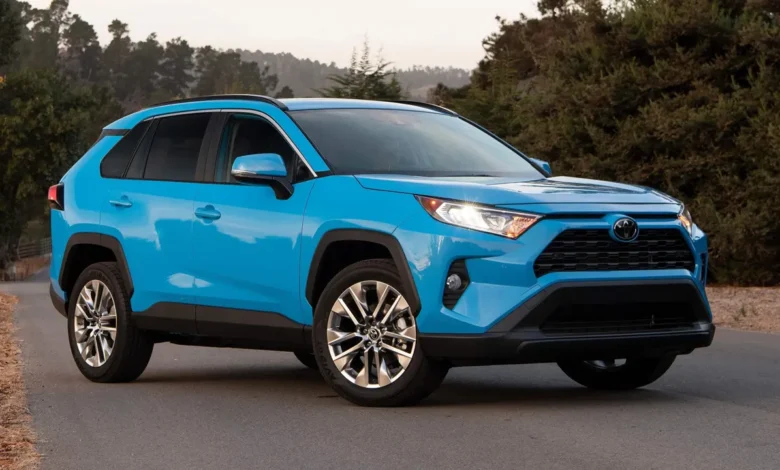
When it comes to reliable SUVs, few brands garner as much respect as Toyota. With a proven legacy of durability, performance, and practicality, Toyota’s SUV lineup dominates markets across the globe. Two of its most popular offerings, the Toyota RAV4 and the Toyota 4Runner, cater to vastly different buyer needs. Although both cars have the Toyota emblem and other similar features, they differ greatly in terms of design, functionality, and intended use.
This detailed comparison dives deep into the 2025 Toyota RAV4 and 2025 Toyota 4Runner, examining everything from powertrains and fuel economy to comfort, cargo space, and pricing. Whether you’re looking for an efficient daily driver or a rugged off-road machine, understanding the distinctions between these two vehicles is essential.
Platform and Design Philosophy
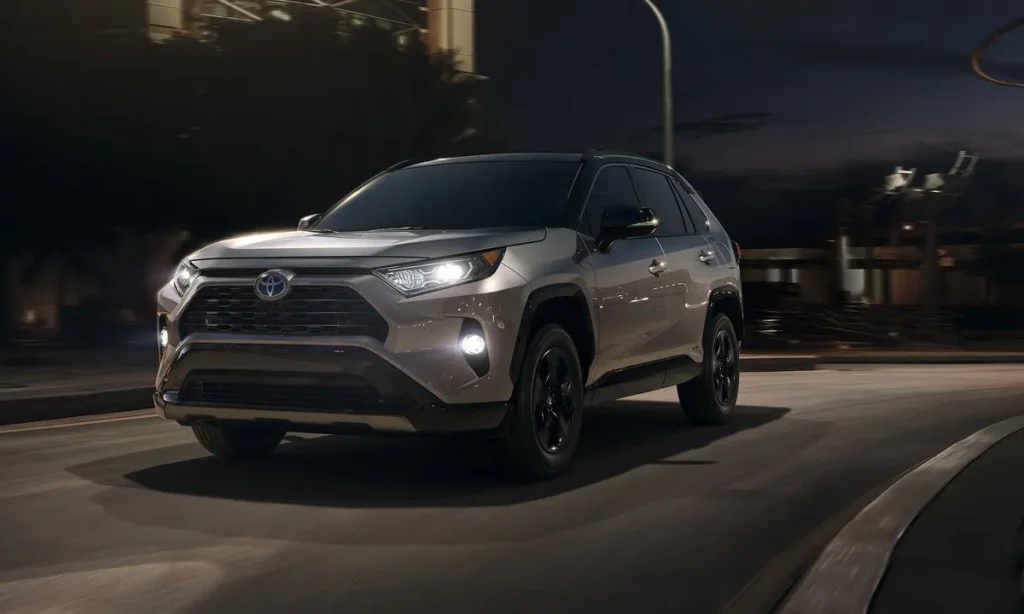
The Toyota RAV4 is a compact crossover SUV built on a unibody architecture shared with many of Toyota’s sedans. This construction method is aimed at urban and suburban driving, offering car-like handling, better fuel economy, and ride comfort.
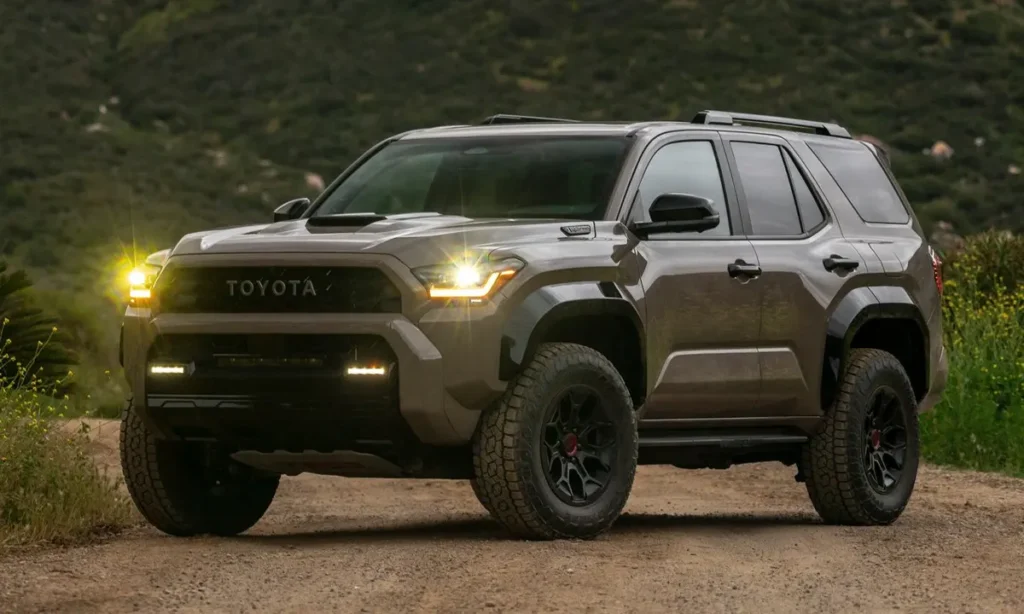
In contrast, the 4Runner is a midsize SUV with a traditional body-on-frame design—similar to pickup trucks. Its robust platform makes it ideal for towing, off-roading, and driving on uneven terrain. This alone gives the 4Runner a rugged identity that appeals to outdoor enthusiasts and adventure seekers.
Performance and Powertrain Comparison
The 2025 RAV4 comes equipped with a 2.5-liter 4-cylinder engine that produces 203 horsepower and 184 lb-ft of torque. It’s paired with an 8-speed automatic transmission and available in either front-wheel or all-wheel-drive configurations. Both the RAV4 Hybrid and the Prime plug-in hybrid provide even greater efficiency and power, with the Prime generating up to 302 horsepower.
On the other hand, the 2025 4Runner sticks to its tried-and-tested 4.0-liter V6 engine, delivering 270 horsepower and 278 lb-ft of torque. While not the most modern in terms of engine technology, it provides the torque and low-end grunt needed for hauling or navigating rough trails. It is mated to a 5-speed automatic transmission, and most trims offer part-time or full-time four-wheel drive.
Fuel Economy: Efficiency vs Utility
Fuel economy is one of the most notable differences between the two models. The RAV4 leads in this category, with EPA estimates of up to 30 MPG combined in gas trims and over 40 MPG combined in hybrid versions. The RAV4 Prime, as a plug-in hybrid, offers even better numbers with up to 42 miles of electric-only range before switching to gas mode.
In contrast, the 4Runner offers just 16 MPG city and 19 MPG highway, which reflects its off-road focus and larger, heavier build. Buyers prioritizing fuel efficiency will clearly lean toward the RAV4, while those needing towing and off-road capability might accept the trade-off.
Driving Experience and Ride Quality
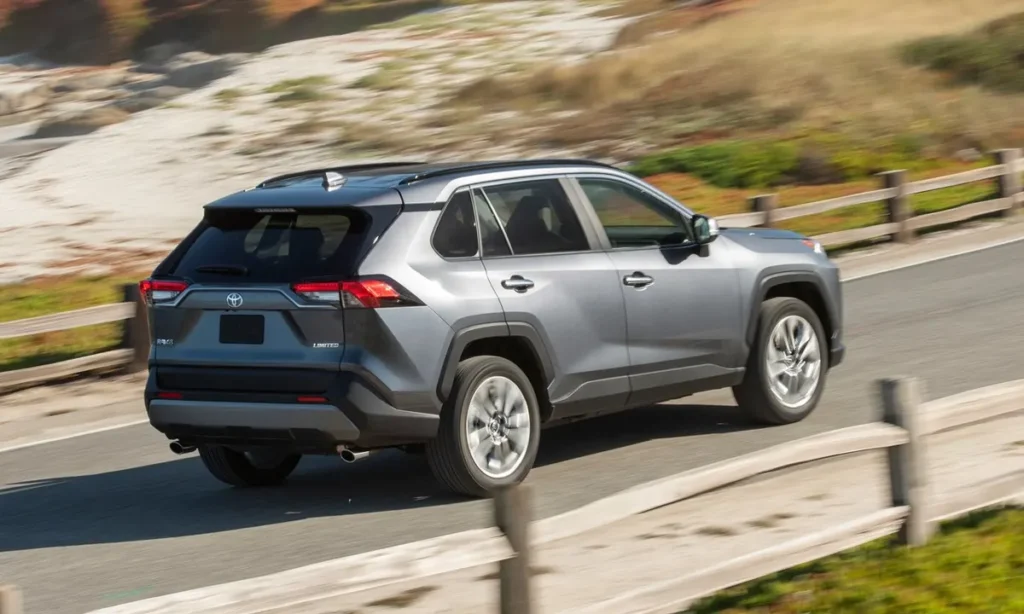
In terms of daily drivability, the RAV4 provides a smoother, quieter, and more composed ride—especially in urban environments. Its suspension setup, smaller size, and modern driving assists make it agile and easy to maneuver.
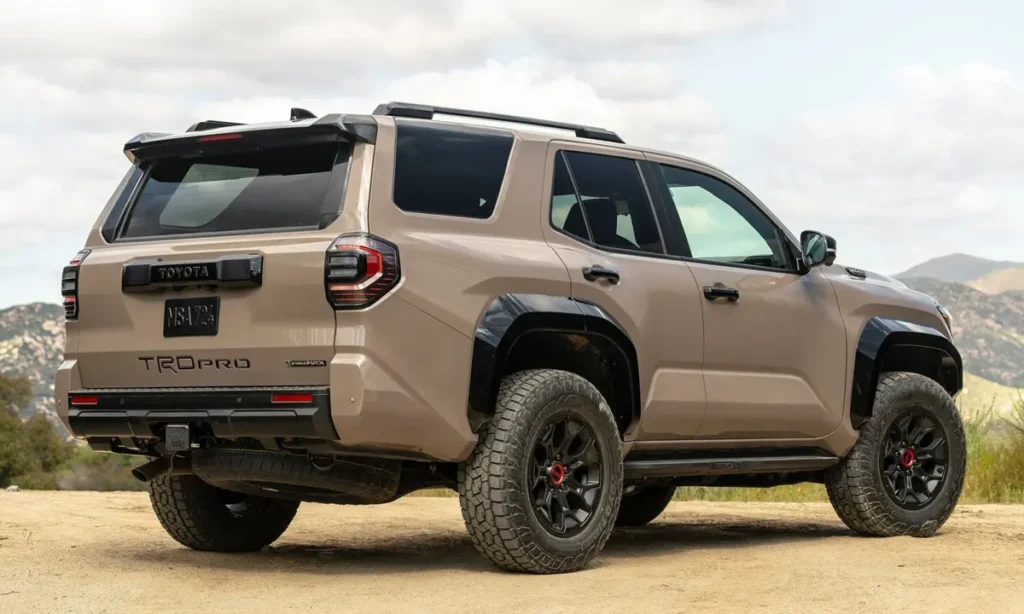
The 4Runner, however, feels more like a truck. It has noticeable body roll and a stiffer suspension tuned for rugged terrain. While this is great for off-road trails and unpaved roads, it can be cumbersome during daily commutes or city parking.
Interior Features and Technology
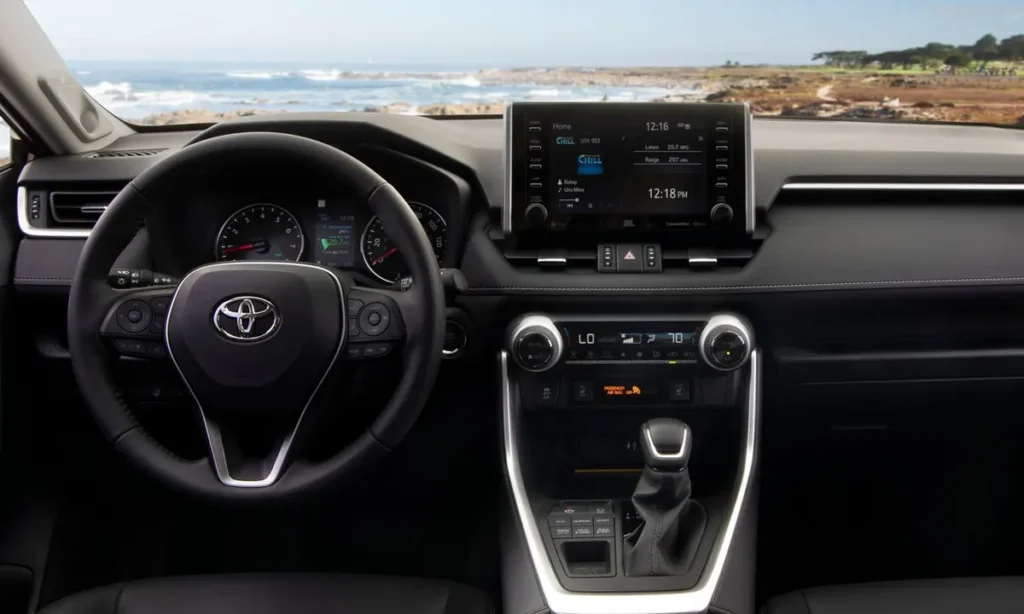
Both SUVs come with Toyota’s latest infotainment offerings, including Apple CarPlay, Android Auto, and available navigation. The 2025 RAV4 features a modern cabin with a larger touchscreen (up to 10.5 inches in some trims), digital instrument cluster, and refined materials.
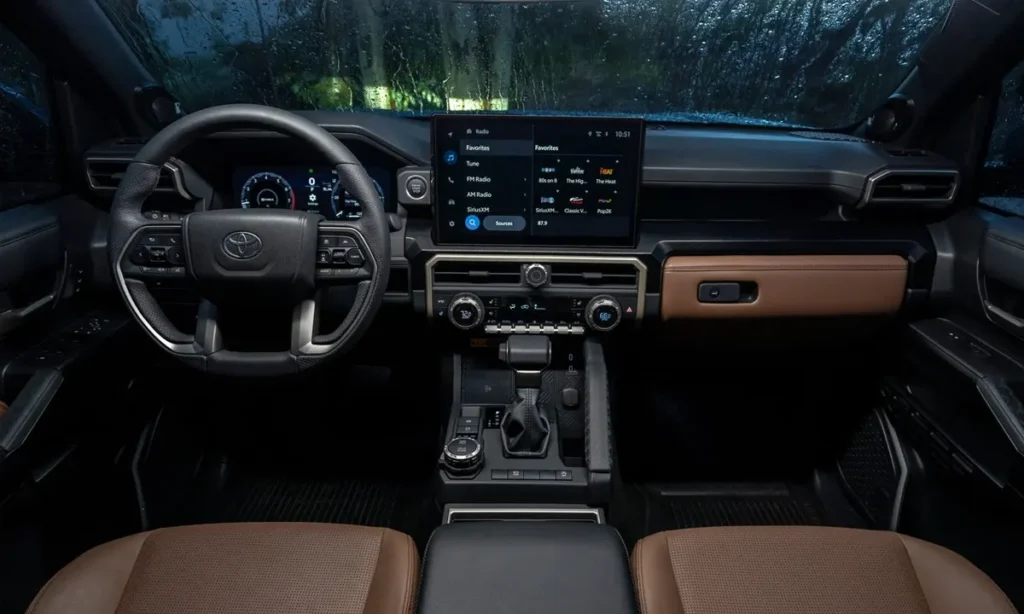
The 4Runner, while spacious, hasn’t received a full interior redesign in years. When compared to competitors and the RAV4, its tech interface is a little outdated but still functional. It offers a smaller touchscreen and a more utilitarian design.
However, the 4Runner does boast more rugged interior options, such as water-resistant seating and rubber floor mats in TRD trims—perfect for muddy hikes or sandy beach trips.
Cargo Capacity and Practical Space
Interior space plays a big role for many SUV buyers, and here’s where the competition gets interesting.
The RAV4 offers 37.6 cubic feet of space behind the rear seats, expanding to 69.8 cubic feet with them folded down. For most families and solo commuters, this is more than sufficient for groceries, luggage, or weekend gear.
The 4Runner provides significantly more room, with 47.2 cubic feet of cargo space behind the second row and a maximum of 89.7 cubic feet with all rear seats folded. It also offers optional third-row seating, making it ideal for larger families or group excursions.
Off-Road and Towing Capability
This is where the 4Runner truly sets itself apart. It’s equipped with off-road-oriented trims such as the TRD Off-Road, TRD Pro, and Trail Special Edition, all featuring features like crawl control, skid plates, locking rear differential, and all-terrain tires.
The RAV4 also offers an off-road-focused trim—the RAV4 TRD Off-Road—but it’s still built on a unibody crossover chassis and lacks true 4WD or the heavy-duty components found on the 4Runner.
For towing, the 4Runner can handle up to 5,000 lbs, making it suitable for boats, campers, or utility trailers. The RAV4’s towing capacity tops out at 3,500 lbs for the Adventure and TRD Off-Road trims.
Price and Value Analysis
Here’s how the base MSRP for the 2025 models compares:
- RAV4 Base Price: $29,000 (LE)
- RAV4 Prime: $43,000 (XSE)
- 4Runner Base Price: $41,000 (SR5)
- 4Runner TRD Pro: $56,000+
The RAV4 is clearly the more affordable and economical option, especially for drivers who don’t require extreme off-road performance. The 4Runner, while more expensive, offers unique capabilities and long-term ruggedness.
Read: Toyota Land Cruiser (2024-2025): The Unlikely Tacoma Alternative That Redefines Off-Road SUVs
Side-by-Side Chart Comparison
| Feature | Toyota RAV4 (2025) | Toyota 4Runner (2025) |
| Engine | 2.5L I4 / Hybrid / PHEV | 4.0L V6 |
| Horsepower | 203–302 hp | 270 hp |
| Transmission | 8-speed automatic | 5-speed automatic |
| Fuel Economy (Combined) | 30–40+ MPG | 17 MPG |
| Drive Type | FWD / AWD | RWD / 4WD |
| Towing Capacity | Up to 3,500 lbs | Up to 5,000 lbs |
| Cargo Capacity | 69.8 cu ft max | 89.7 cu ft max |
| Off-Road Capability | Light / Moderate | Serious / Trail-ready |
| Seating Capacity | 5 | 5–7 |
| Starting Price | $29,000 | $41,000 |
Final Verdict: Which One Should You Choose?
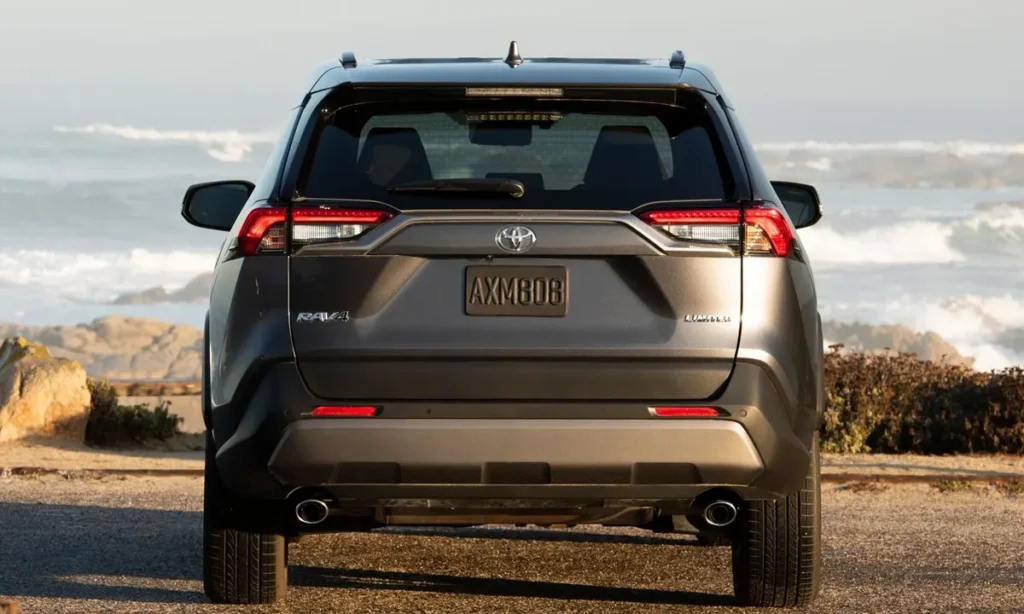
If your driving is mostly on paved roads, involves city commuting, and you value fuel economy, tech, and comfort, the Toyota RAV4—especially the hybrid or Prime variant—is the better pick. It’s cost-effective, well-appointed, and perfect for daily use.
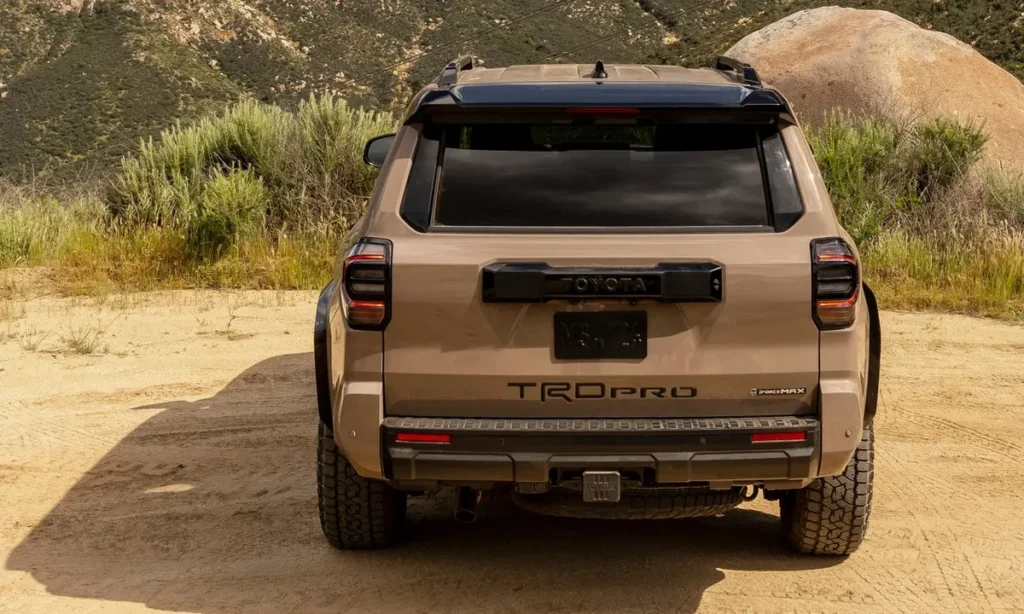
However, if your lifestyle demands serious off-road adventures, heavy towing, and rugged performance, the Toyota 4Runner is the clear winner. It may lack modern refinement in some areas, but it makes up for it with brute strength and time-tested durability.
Frequently Asked Questions (FAQs)
Q1: Which SUV is better for city driving, the RAV4 or 4Runner?
The RAV4 is better suited for city and suburban driving due to its fuel efficiency, compact size, and smoother ride.
Q2: Does the 4Runner have better off-road features than the RAV4?
Yes, the 4Runner is built for serious off-road use and offers features like a locking rear differential, skid plates, and crawl control.
Q3: Is the RAV4 available as a hybrid?
Yes, the RAV4 comes in standard hybrid and plug-in hybrid (RAV4 Prime) variants with excellent fuel economy.
Q4: Which has more cargo space—the RAV4 or the 4Runner?
The 4Runner offers more total cargo space and optional third-row seating, making it more spacious overall.
Q5: How much can each SUV tow?
The 4Runner can tow up to 5,000 lbs, while the RAV4 tops out at 3,500 lbs.

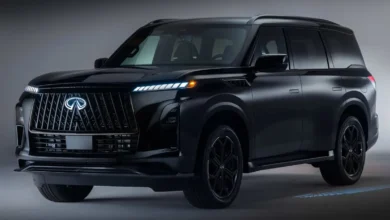






One Comment